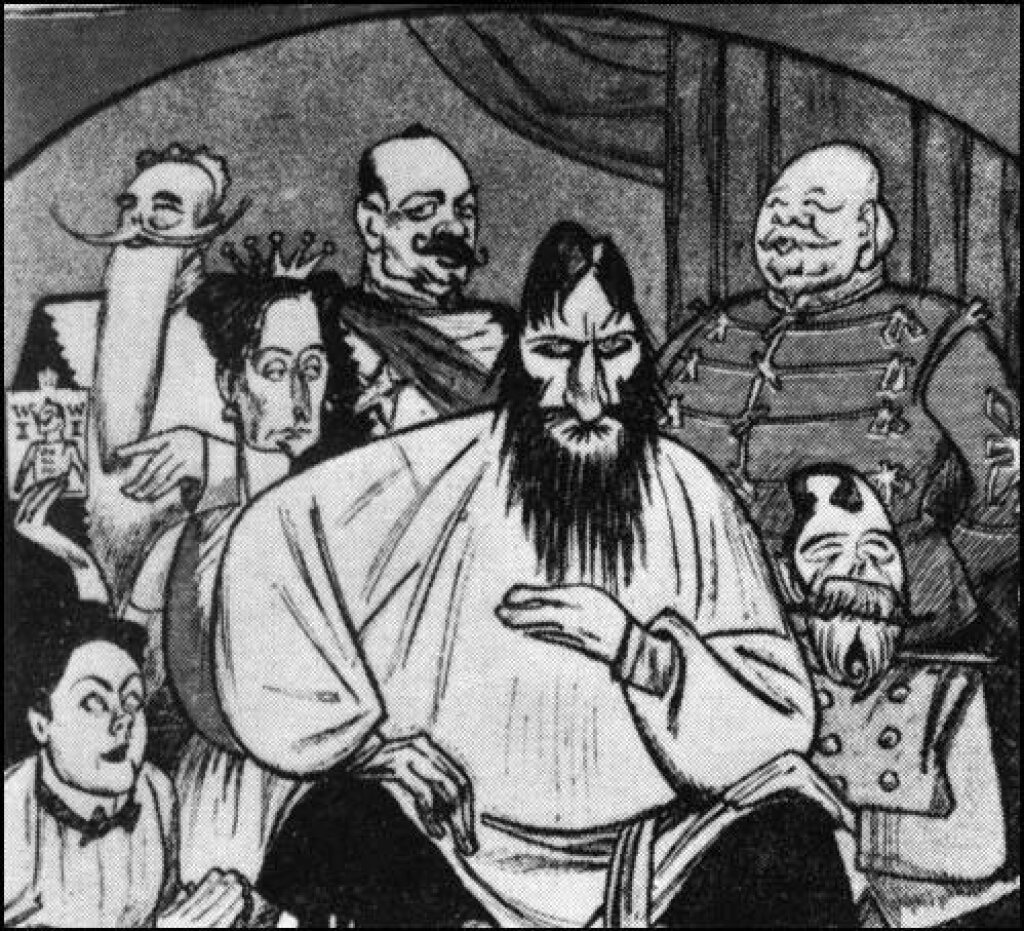We at the Jordan Center stand with all the people of Ukraine, Russia, and the rest of the world who oppose the Russian invasion of Ukraine. See our statement here.
Jan Matti Dollbaum is a post-doctoral researcher at the University of Bremen.
The more political actors engage with their audience online, the more important it becomes not whether but how they do so. This includes authoritarian regimes with restricted media spheres, where social media is often the only mass channel through which opposition actors can address the population. In my article "Social Policy on Social Media: How Opposition Actors Used Twitter and VKontakte to Oppose the Russian Pension Reform," which appeared in Problems of Post-Communism in 2021, I looked at how the two most important opposition actors in Russia, Aleksei Navalny and the Communist Party of the Russian Federation (KPRF), used social media to amplify their message—and asked what observers could conclude about these movements' coalition-building strategies across ideologies and audiences.
The 2018 Russian pension reform presented the ideal setting for my analysis. Because it raised the retirement age without compensation, it was widely hated—over 80% of respondents spoke out against it in Russian opinion polls. In a country where the authoritarian leader has managed to secure impressive levels of (apparently authentic) popular support, this situation around pension reform provided a rare opportunity for the opposition to motivate people to rally for change.
In 2018, liberal-populist and anti-corruption activist Aleksei Navalny was at the peak of his popularity and organizational strength. Though the Kremlin consistently denied him the opportunity to register his own party, he had built a nationwide network of supporters and campaign offices. Given that he was also banned from national television, he managed to achieve remarkable name recognition, perhaps partially explaining why he was poisoned in 2020 and imprisoned on trumped-up charges in 2021.
Meanwhile, the Communist Party (KPRF) is part of a tolerated “systemic opposition” that could (and still can) partake in elections and voice limited criticism of policy, though it generally shies away from attacking Putin directly. The KPRF commands a large number of activists and enjoys a strong voter base. Both Navalny and the Communists, then, had the organizational means and the manpower to direct the pension-related anger of the population their way, along with strong incentives to use social media in that pursuit.
My article examines three communicative strategies the Navalny and KPRF camps deployed. The first has to do with how both opposition movements framed the pension reform itself; the second is about how and to whom blame for is assigned; and the third relates to which channels each movement uses, and for what diverse goals. To gain information along all three lines of inquiry, I analyzed Twitter and Vkontakte posts made by the official KPRF and Navalny accounts between mid-June and October 2018.
On the question of framing, the analysis clearly shows that each movement remained true to its usual ideological identity. Navalny, a European-style liberal, emphasized the individual losses incurred through the pension reform. Plugging his trademark issue of corruption, he labelled the reform as “theft” of citizens’ savings. The KPRF, by contrast, placed its opposition in the expected “social justice” frame. However, its posts seem far less directed at driving home a particular message, instead appearing as a collection of voices from different sections of the party.
Blame attribution proceeded along similar lines. Navalny remained consistent with respect to his usual strategy, attempting to connect the problem of pension reform directly to Vladimir Putin. The KPRF seemed much less focused in its messaging, often appealing to a vague notion of “the authorities.” There wewre some direct criticisms of Putin, but they came exclusively from the Party's lower ranks. Party leader Gennadii Zyuganov, by contrast, refrained from attacking Putin—likely as part of a deal between the Kremlin and the Party.
Finally, did their respective choice of channel make a difference for either of the two actors? Again, the analysis suggests that Navalny and his team made strategic use of various platforms. To help mobilize support for the protest rallies they organized in the regions, the Navalny camp ramped up pension-related content on VK but not on Twitter, which accords with VK's greater popularity outside Russia's larger cities.
As it turned out, the KPRF did not at all differentiate among channels. In fact, it often posted the exact same press releases to both. And, wherever it discussed its own protest events, these reports tended to be posted after the fact rather than as mobilizational calls before the events. The Communists, perhaps by design, were thus far less strategically oriented in their social media communication than was Navalny.
My analysis also revealed a deeper strategic issue that concerns both Navalny and the KPRF. Both movements focused their framing and mobilizational efforts on their existing bases, rather than reaching out to political "others" through rhetorical common ground. This principle held for both their respective social media strategies and for their offline activities. Though they coordinated protest rallies to avoid scheduling them at the same time, they failed to organize joint events that could have pooled their respective constituencies. Navalny and the KPRF thus missed out on the opportunity to join forces.
One explanation for this "failure" could be that, at least on the KPRF side, it was a deliberate bid to avoid repression meted out for the "crime" of cooperating with an "anti-system" opposition. The lack of collaboration between Navalny's team and the KPRF could also be a function of each movement's respective expectations. Since regime overthrow appeared unrealistic even amid the widespread discontent caused by the pension reform, both actors may have found it more pragmatic to solidify their existing base rather than reaching too far beyond it. Whatever the explanation, the reluctance of different opposition movements to engage in coalition-building underscores the effectiveness of the Kremlin’s divide-and-conquer policy.
This strategy remains relevant today. Whereas much of the liberal and left opposition has been driven into exile since the start of Russia's war in Ukraine, the KPRF has accepted the rules of the game and is now largely a pro-war party. Whether future social protest might motivate it to reconsider its loyalty is an open question, but my own analysis suggests that this outcome is unlikely.


